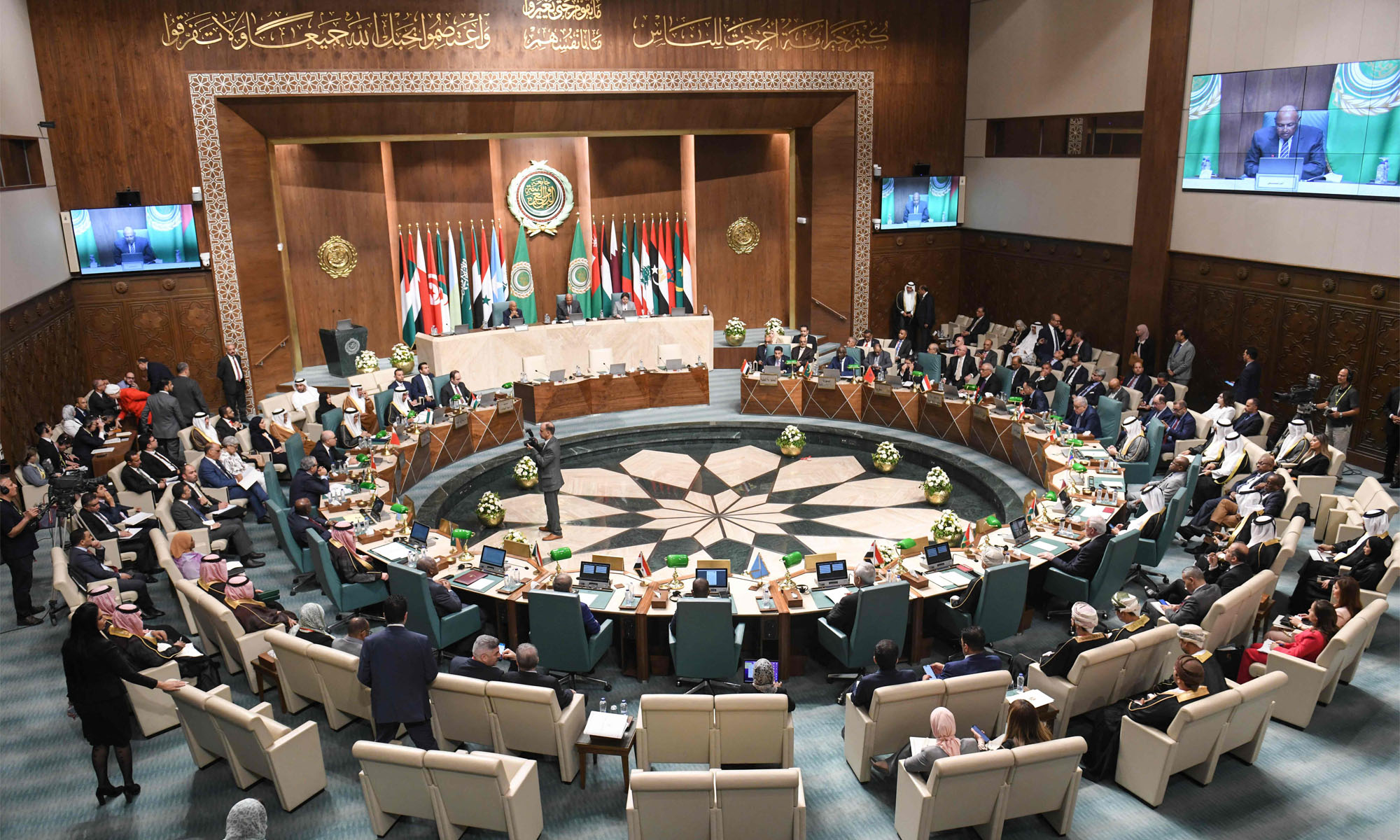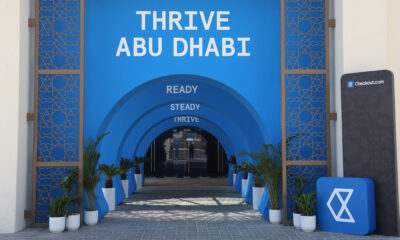News
Arab League Establishes Council Of Ministers For Cybersecurity
Secretary General Ahmed Aboul Gheit stressed the significance of increased cooperation as cyber threat levels intensify.

Officials at the 160th session of the Council of the Arab League — held in Cairo — have welcomed the decision to establish a Council of Ministers for Cybersecurity.
The council aims to document and develop cooperation between Arab states in all aspects related to cybersecurity, which has become a growing threat to national and regional stability.
Saudi Arabia proposed the decision, and as such, the council’s general secretariat and executive office will be based in Riyadh.
Ahmed Aboul Gheit, secretary-general of the Arab League, stressed the importance of heightened cooperation in cybersecurity, explaining that regional stability and economic growth would be impossible without joint action from all Arab nations.
Assistant secretary-general Hossam Zaki was in agreement with Gheit, stating, “The council aims to develop […] and coordinate efforts between Arab countries in all aspects related to cybersecurity issues. The field of cybersecurity has become a major pillar of any security system, and there cannot be economic development, for example, without the provision of cybersecurity, with all its elements for society and citizens”.
Initially, the council will seek to develop cybersecurity at all economic and legislative levels by proposing policies, standards, and initiatives that will apply to all participating states.
Also Read: The Largest Data Breaches In The Middle East
According to US consulting firm Frost & Sullivan, the Middle Eastern cybersecurity market will be worth over $30 billion by 2030, representing a compound annual growth rate (CAGR) of nearly 20% as regional governments increasingly seek to protect their infrastructure and data.
The report revealed that the UAE and Saudi Arabia are expected to take the lead in cybersecurity adoption due to the favorable economic conditions and startup-friendly regulations that have made them popular locations for tech companies and innovators.
News
Influencer Growth Fuels Saudi Creator Economy Surge
The Kingdom’s creator economy grew over 32% in Q1 2025, fueled by TikTok, UGC, and cost-per-action (CPA) influencer models.

Saudi Arabia’s creator economy saw a significant 32.37% growth in the first quarter of 2025, driven by an uptick in influencer marketing, content-driven e-commerce, and the increasing influence of user-generated content (UGC). These insights come from a recent study by Admitad and the Stllr Network.
Much of this momentum is coming from video-based platforms, where brands are leaning on creators who feel more relatable than polished ad campaigns. The trend shows a clear preference for authenticity, as audiences gravitate toward content that feels real and personal.
Mohannad Alzahrani, Co-founder and VP KSA of Stllr Network, highlighted the shift: “The rise of user-generated content (UGC) is changing the way brands engage with consumers. Audiences trust real creators more than traditional advertising, making UGC a key driver of authenticity and sales”.
TikTok remains the dominant platform in this space, reportedly reaching 88% of the Saudi population. It also showed the sharpest rise in influencer-led transactions. Other platforms followed with solid, if less dramatic, growth: X was up 17%, Instagram increased by 12%, and Telegram by 10%.
In terms of content niches, beauty led the pack with a 56% growth rate, followed by lifestyle at 45.8% and fashion at 18.2%. Tech content also showed healthy traction at 10.6%, while entertainment, food, fitness, parenting, and gaming posted smaller — but still positive — gains.
Also Read: Top E-Commerce Websites In The Middle East In 2025
The report analyzed more than 300,000 influencer-driven purchases. These efforts translated into a 15% year-on-year jump in Gross Merchandise Value (GMV) and a 5% increase in the number of orders in 2024. Influencers themselves are seeing the benefit, with average order values hitting $54 and creator earnings rising by 14%.
A noticeable trend is the move away from fixed-rate deals. More influencers in Saudi Arabia are embracing hybrid compensation models — especially cost-per-action (CPA) setups that tie their earnings directly to performance.
As Anna Gidirim, CEO of Admitad, explains, “The CPA model brings much-needed transparency to influencer marketing. Brands only pay for actual results, and influencers benefit by securing long-term partnerships while offering their audiences exclusive promo codes and special discounts”.
However, the ecosystem still shows a gender imbalance. The data indicates that 63% of creators in Saudi Arabia are men, while women account for just 37%.

























